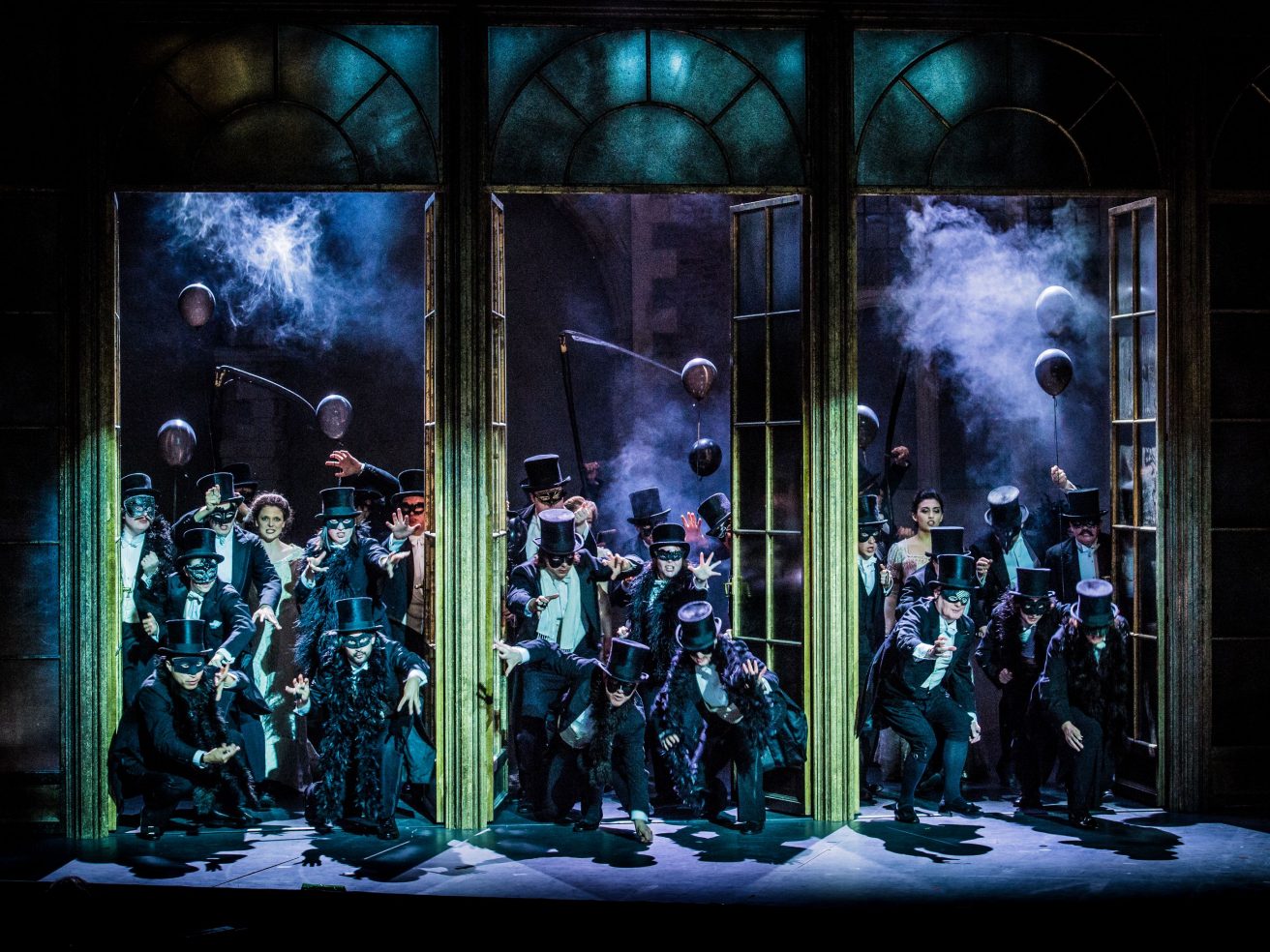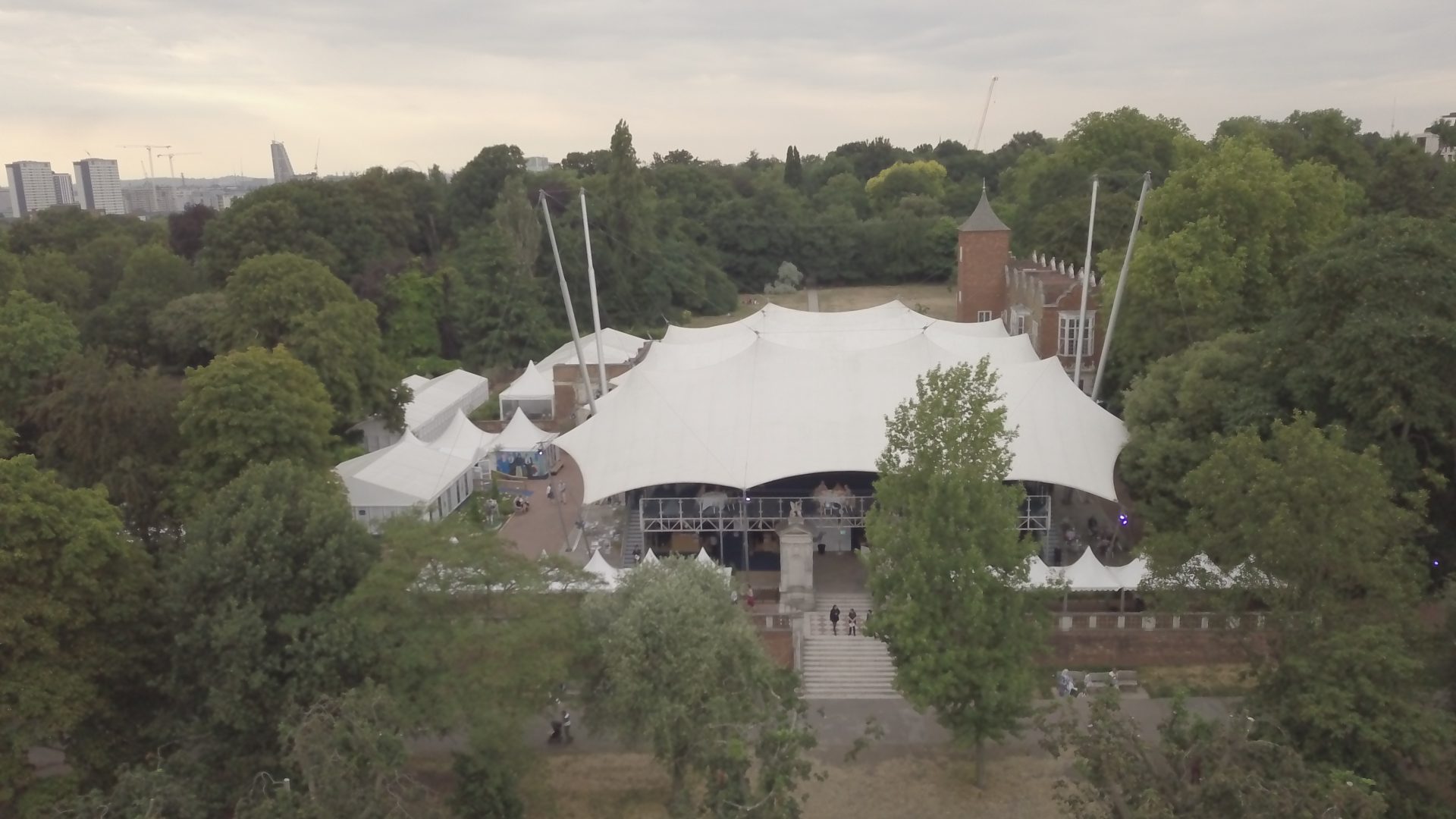This Friday, Hannah Sandison presents Green Spaces: A Celebration in Song, the world premiere of three newly commissioned song cycles by Mark-Anthony Turnage CBE, Zoë Martlew, and Amelia Clarkson. In this short interview, Hannah tells us about the inspiration for the project, how she curated the poems she used, and what she sees in the project’s future.
Can you tell us about the inspiration for this project?
This project is inspired by our fantastic green spaces. For my family and me, Hampstead Heath was a lifeline during the lockdowns. It was such a scary time for the arts industry in general, but having such an amazing park in the middle of a city felt like the only thing to do with a 5 month-old baby and a dog while we, like so many, felt cooped up in our 1 bedroom flat in North West London.
How has the role of music changed for you since the pandemic?
Although so many opportunities disappeared while the theatres and concert halls were closed, I started to see so much creativity through social media channels. Music became less of a job and more of an emotional necessity. It made me realise that so much can be done from your own living room. For me, taking control of the situation and deciding to make something with a positive tone was cathartic, and there is nothing like collaborating with a composer. It gives you the opportunity to find such depth in the songs when you can discuss the poetry and music in a collaborative setting.
How do these individual pieces, composed by different people, work together to reflect your theme?
I always knew I wanted there to be as many voices as possible in this body of work. I have always loved Mark’s music, and I knew working with him would be special. His music transports you to that field, river or hill within the poetry. Zoe’s music is incredibly fun and thoughtful in equal measure, and Amelia has truly found the voice of the three young competition winners who contributed poetry to this project. I could not have hoped for a better mix of creative voices that complement each other so well.
How have you used contemporary texts and more traditional texts differently?
It has been a joy to get inside the mind of so many contrasting poets. Mark has brilliantly adapted a lot of the more historical poetry. His final song in the cycle I Stood tip-toe is by Keats but was wonderfully re-imagined by Rachael Hewer. In contrast, Zoe has chosen some incredibly fun and witty texts, while contributing her own Haiku poem – In the Kyoto Garden – a nod to that beautiful spot in Holland Park. The voices of those young poets were so important to me, as they were perhaps among the most severely affected when the schools were closed and exams were cancelled. I hope that, when hearing this collection of songs, the audience will hear the commonality between each time period. Throughout history, we have taken to green spaces for healing and we will continue to do so.
During the pandemic, the importance of our relationship with green spaces and music was hugely emphasised as we relied on nature and the arts more than ever. How do you understand the connection between them, and how has that influenced this project?
If you go to a quiet spot in any park or nature reserve and close your eyes, you will hear music everywhere. Something about listening intently in these spaces can slow the breath, focus the mind, and allow for some perspective to be found. Listening to music has the same effect. We learned this as our appetite for online concerts and doorstep performances grew during lockdowns. I wanted to combine the two. When looking back on the last two years, I hope that this group of song cycles will, in some way, be a lasting reminder of the good things we found in a dark time.
What is in store for you and this project in the future?
My next aim is to record these songs and take the project on some kind of tour around the UK. My dream would be to engage with children in different towns and cities and ask them to write more poetry to contribute. I’m also excited to get back on stage since having my daughter but I will now always have the urge to seek out a composer and make something from scratch. There is nothing like it!


